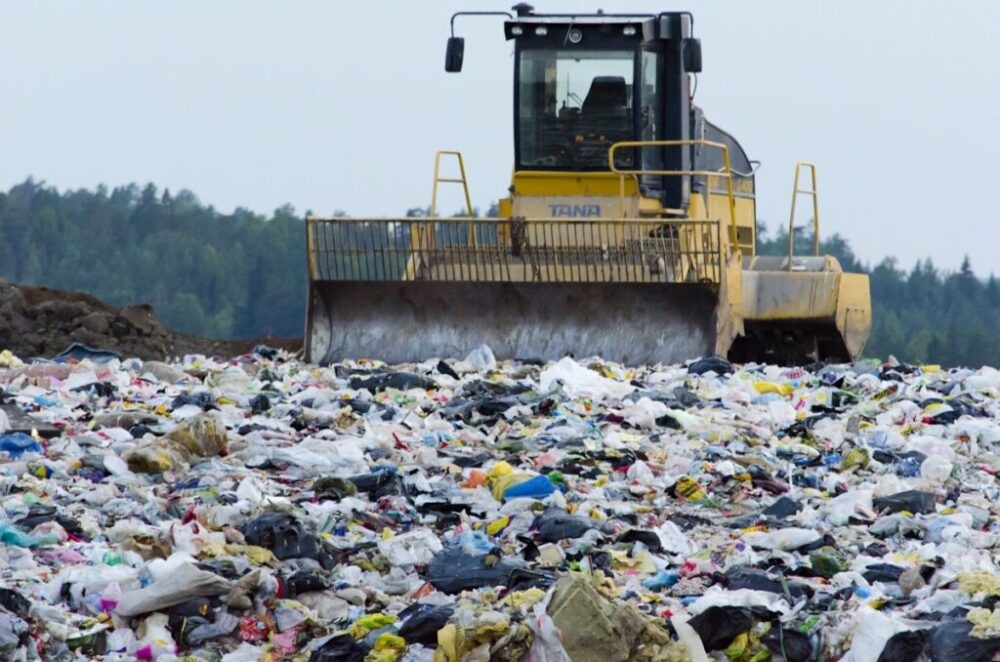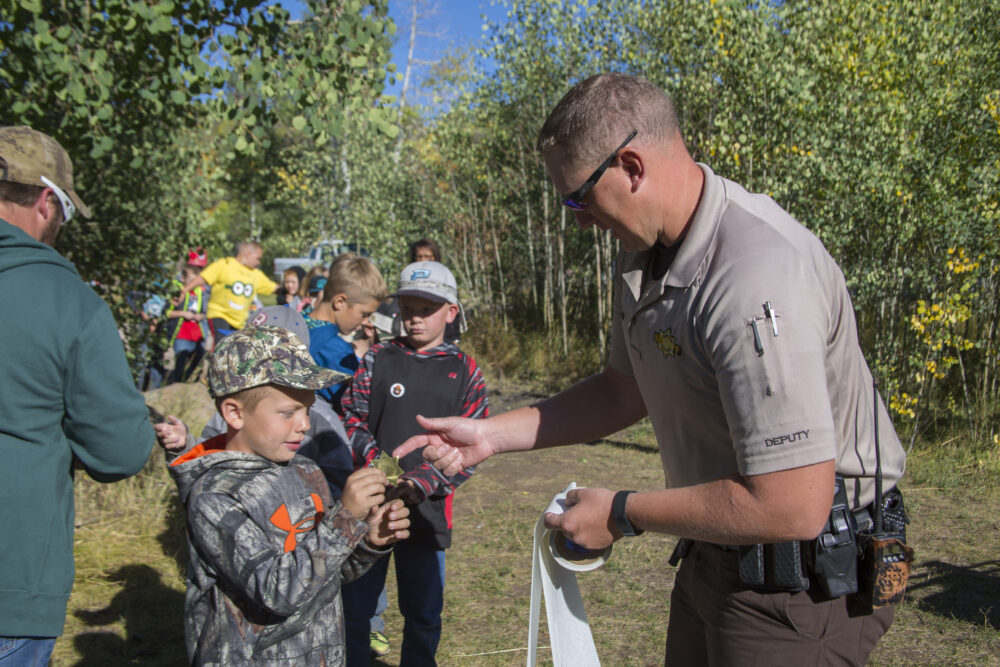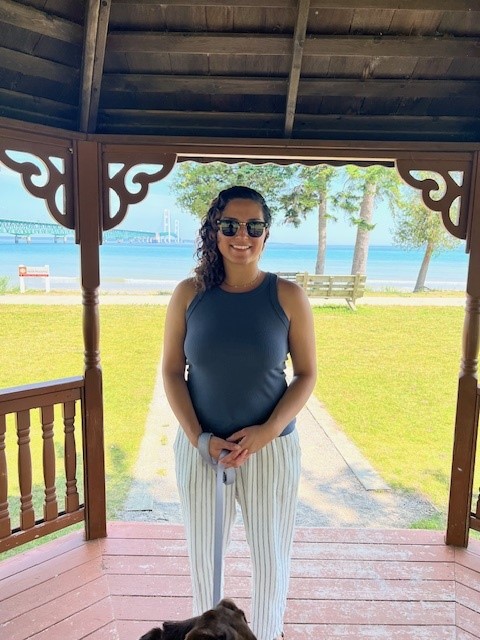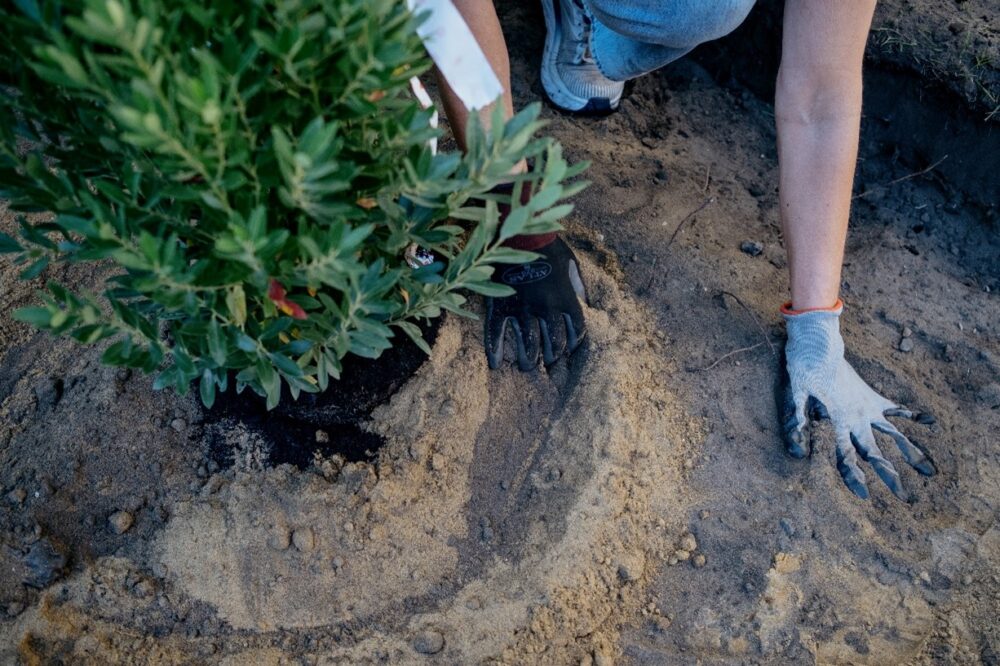We have much more to do and your continued support is needed now more than ever.
Red Tide Rages Along Florida’s Gulf Coast
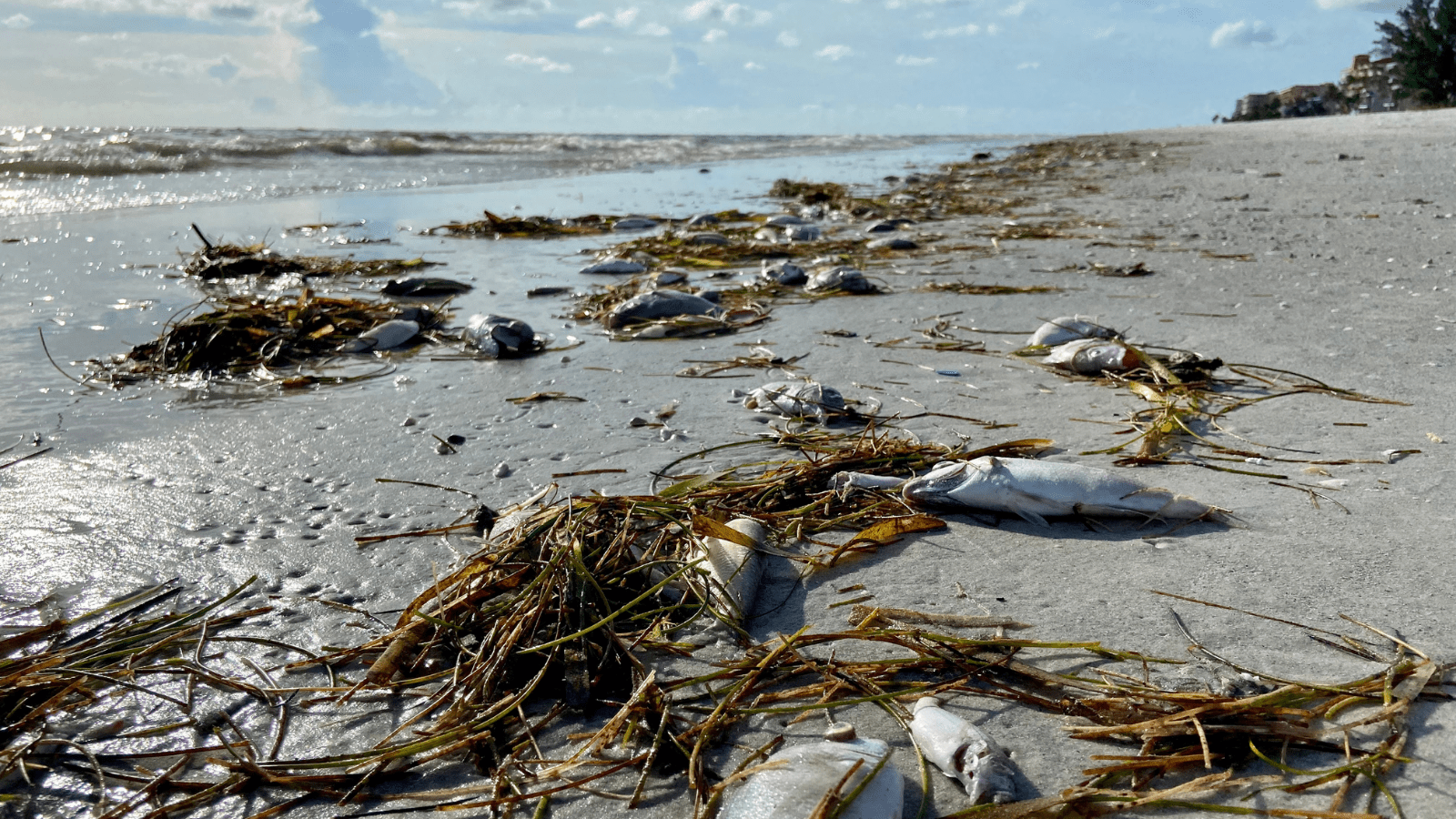
I’ve always felt lucky to live in Tampa Bay, where a typical morning paddle gets me up-close with manatees, sharks, dolphins, rays, ospreys, anhingas, and a host of other wildlife. As the Deputy Director of our Gulf program, I understand how vital a healthy coast is to wildlife and people and how fragile it is as well.
But right now, Tampa Bay’s usually clear, blue waters are the color of rust and wreak of death and toxins from a historic red tide event. Sounds bad? It’s awful. You’d have to go back at least 50 years to see this level of concentration of the toxic algae that we’re seeing today.
In the county I live in, over 3 million pounds of dead sea creatures have been removed from beaches and waterways so far.
Tell Governor DeSantis to protect our water quality and save our slice of paradise.
It’s sadly no surprise the red tide is horrific this year. Earlier this year, 200 million gallons of industrial wastewater laden with nitrogen and phosphorous was discharged into Tampa Bay from a holding pond that had long threatened the bay.
Although the algae that causes Red Tides is naturally occurring, outbreaks and blooms are likely exacerbated by human activities—specifically what we allow to drain into our waterways. Nitrogen and phosphorus are the key ingredients in fertilizer. In effect, the industrial leak ‘fertilized’ the algae that creates the red tide—triggering explosive growth. But even in a year without a massive industrial leak, most coastal areas in Florida get far too many of these “fertilizing” nutrients from industrial agriculture as well as residential lawns, wastewater, and pet poop.
Last week, members of my family who had booked a beach condo long before the red tide, came to visit. It was not the beach vacation they had hoped for. Our one and only beach walk was quickly abandoned, after we tired of the constant coughing triggered by the airborne toxins and the grim dance to avoid dead fish on the shoreline. I was just overwhelmed by the relentless string of dead sea creatures that continued as far as my eyes could see.
We don’t have to accept red tides as normal. Prioritizing our water quality is prioritizing our economy in a state that is so dependent on tourism. Reducing pollution on the front end is much less costly than the alternative. In the wake of the disastrous red tide and blue-green algae outbreak of 2018, Governor DeSantis convened a task force to address harmful algal blooms, like the one that my family is experiencing in Tampa Bay and the ones that decimated seagrass meadows on the Atlantic coast.
But DeSantis has yet to implement any of the task force’s recommendations. Tell him it is time to take action.
As Maya Burke at Tampa Bay Estuary Program explains, “Our needs in Tampa Bay are not unique among Florida’s coastal communities and estuaries. A holistic, statewide approach to addressing the vexing issue of nutrient pollution is necessary. Our way of life depends on prioritizing these ecosystems and investing in their health.”
TAKE ACTION





